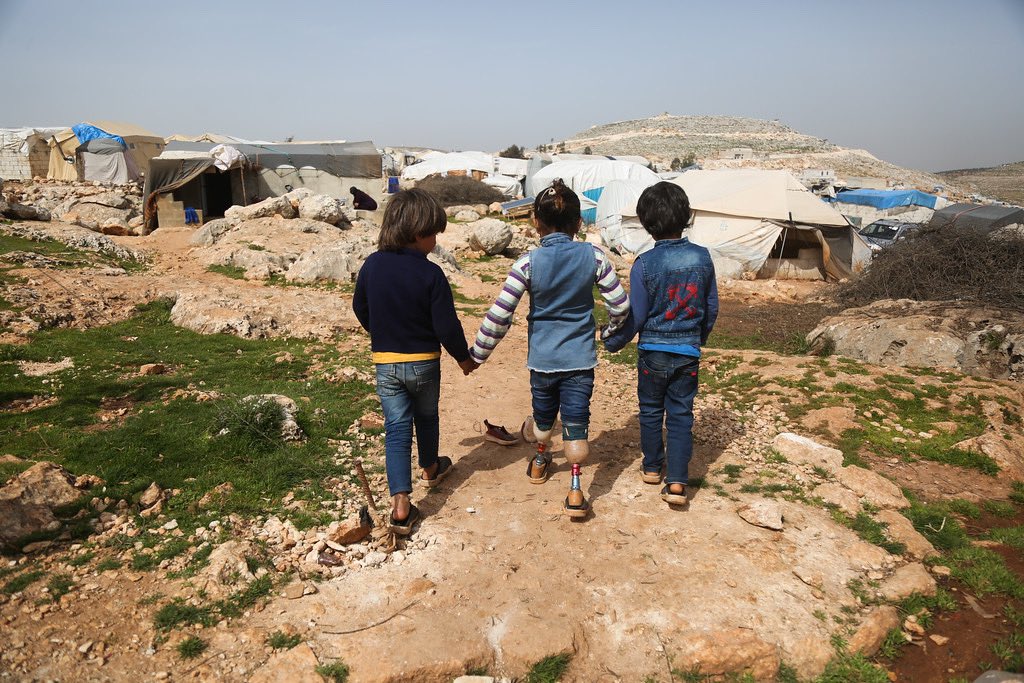

On Nov. 28, 2024, insurgents attacked government forces in Aleppo, creating new displacement in the 14-year civil war.
In late 2024, fighting intensified in northwest Syria, and rebel forces captured both Aleppo, Syria’s largest city, and the capital, Damascus. This offensive led to the fall of the dictator, Bashar al-Assad, whose family had ruled Syria for more than 50 years. The recent fighting is believed to have added one million internally displaced people (IDPs) in northwest Syria to the 7.1 million people who were already displaced.
Key facts
- In 2024, the Syrian Observatory for Human Rights “documented the forcible/arbitrary arrest of 3,121 people, including 56 women and 26 children, and the kidnapping of 442 people, including 14 women and 27 children.”
- Since the conflict began in 2011, more than 14 million people have been forced to flee their homes, making Syria the largest refugee crisis in the world.
- About 90% of the Syrian population relies on humanitarian aid.
- As of 2024, 12.9 million people in Syria were food insecure, with 3 million facing acute food insecurity. Acute malnutrition among children is growing.
- In Syria, 8.8 million people lived in areas most affected by the February 2023 earthquakes.
- Since September 2024, an estimated 320,000 refugees have returned to Syria, 46% of whom are children. However, 728,00 people have been displaced since November 2024.
- About half of all school-aged children (2.5 million) are out of school.
(Photo Source: Bo Viktor Nylund/ UNICEF MENA)
Children
Globally, children account for 30% of the population, yet makeup 40% of refugee populations and 49% of internally displaced people.
In Syria, an entire generation of children will mark their 14th birthday this year, having only known displacement, deprivation, hunger and conflict in childhood. At least 34% of girls and 33% of boys in Syria report psychosocial distress, and of those children living in earthquake-affected areas, that number rose to 83%. Children in Syria are in critical need of basic services, including education, WASH, food, psychological support and health care.
At least 28% of Syrians live with a disability, which is double the global average. Children with disabilities are, in general, one of the most marginalized demographics on the planet. Children with disabilities in Syria are especially vulnerable, most of whom lack assistive devices like wheelchairs or hearing aids. These children struggle not only with receiving humanitarian aid and other services but also are less able to flee attacks. Basic survival for these children and their families is a huge challenge.
Older people
The living conditions of older people in Syria have become especially harsh in 14 years of war. A rapidly eroding socio-economic situation, along with a change in their status culturally, has made care for older people especially fraught. Around 417,000 older people in northwest Syria are classified as the “most at-risk” group of people in the region.
Societal norms in Syria have significantly shifted, where traditional family care for older adults has been replaced by self-care and a reliance on group homes. Additionally, older people do not want to burden their adult children, many of whom can barely feed their families as is, since 90% of the Syrian population lives below the poverty line.
A poor socio-economic situation means that many older people, even those living with disability or disease, cannot retire. However, they are often excluded from economic opportunities and face a lack of social protection, causing poor mental health and further marginalization. This combination can force older adults to develop negative coping strategies, such as taking on inappropriate types of work or selling off their assets. Such strategies compound the degradation of respect older people, especially older women, receive.
Food and cash assistance
High food prices and lower-than-average agricultural yields, compounded by ongoing inflation, exacerbate food insecurity in Syria.
A combination of emergency food products, food rations, food vouchers and cash transfers for food are needed to meet the diversity of nutritional needs of affected people.
The CALP Network published a report on the scale-up of cash coordination for the Syria earthquake response in October 2023. While identifying challenges in the response, the report also “found an effective cash coordination steered by a well-organized cash working group sharing timely and clear guidance to its members and across sectors.”
The Center for Disaster Philanthropy recommends cash both as a donation method and a recovery strategy. Direct cash assistance can allow families to purchase items and services that address their multiple needs. It gives each family flexibility and choice, ensuring that support is relevant and timely. Cash-based approaches to disaster recovery also give people the freedom to choose how they rebuild their lives and provide a pathway to economic empowerment.
Access to water and sanitation
Nearly 13 years of war has damaged infrastructure, and climate change exacerbates the situation. Families are forced to depend on water delivered by truck, which is expensive and often cost-prohibitive. Access to clean water and sanitation will be an ongoing critical need in the country.
Insufficient rainfall during drought can lead to harvest and income losses, an increase in waterborne diseases and protection risks. The cholera outbreak makes clearer and more urgent the need to repair damaged water networks, improve communities’ access to safe drinking water and provide safer sanitation options.
Health
Health care access and quality have severely deteriorated after years of conflict, an economic crisis, and reduced donor funding. The water crisis has forced families and aid organizations to truck in water, which is becoming more costly due to rising fuel and electricity prices.
Following the devastating earthquakes, the risk of increase in waterborne diseases, including cholera, was very high due to over-crowded settings and is an ongoing need as the disaster enters long-term recovery. Extensive damage to water and sanitation infrastructure, including the absence of proper wastewater management systems, are key needs that require support.
Hospitals in Syria have been subjected to airstrikes, missile attacks and shelling, resulting in fewer patient consultations, loss of health-related infrastructure and increased risks for health workers. Health workers in Syria have been systematically targeted and face risks to their lives. Supporting these workers and providing them with the protection and equipment required to treat people is critical.
After enduring 14 years of conflict and devastating earthquakes, mental health and psychosocial support for people in Syria is a critical need.
Shelter
The Shelter Cluster released its 2023-2024 shelter and non-food item winterization advocacy note, which said, “Winters have become more unpredictable, with longer durations and unprecedented severe low temperatures. Additionally, snow storms are hitting further, exacerbating the needs.”
The advocacy note recommends the following life-saving supplies for winter response: heating fuel and stoves, winter clothes kits and winterization kits that include thermal blankets and carpets. In addition, cash is listed as the most preferred way to support winter response because it supports diverse needs.
While housing reconstruction is needed following the February 2023 earthquakes, Syria’s complex crisis and the presence and control of territories by multiple groups makes this a significantly challenging task.
According to the Syria earthquake Flash Appeal, not only has the earthquake resulted in additional displacement due to damaged and unsafe shelter, but diminished the prospects for safe return of IDPs. Safe shelter is a high priority need in the aftermath of the earthquake.
A report from the Protection Cluster and UNHCR released on Dec. 28, 2023, “underscores the urgent need for improved and consistent management, standardized facilities, and a more inclusive approach across all shelters to address the complex challenges faced by persons with disabilities in the region.”
Addressing the ongoing needs in Syria equitably and inclusively means ensuring the most marginalized populations are included in decision-making and activities recognize their capacities while also meeting their unique needs.
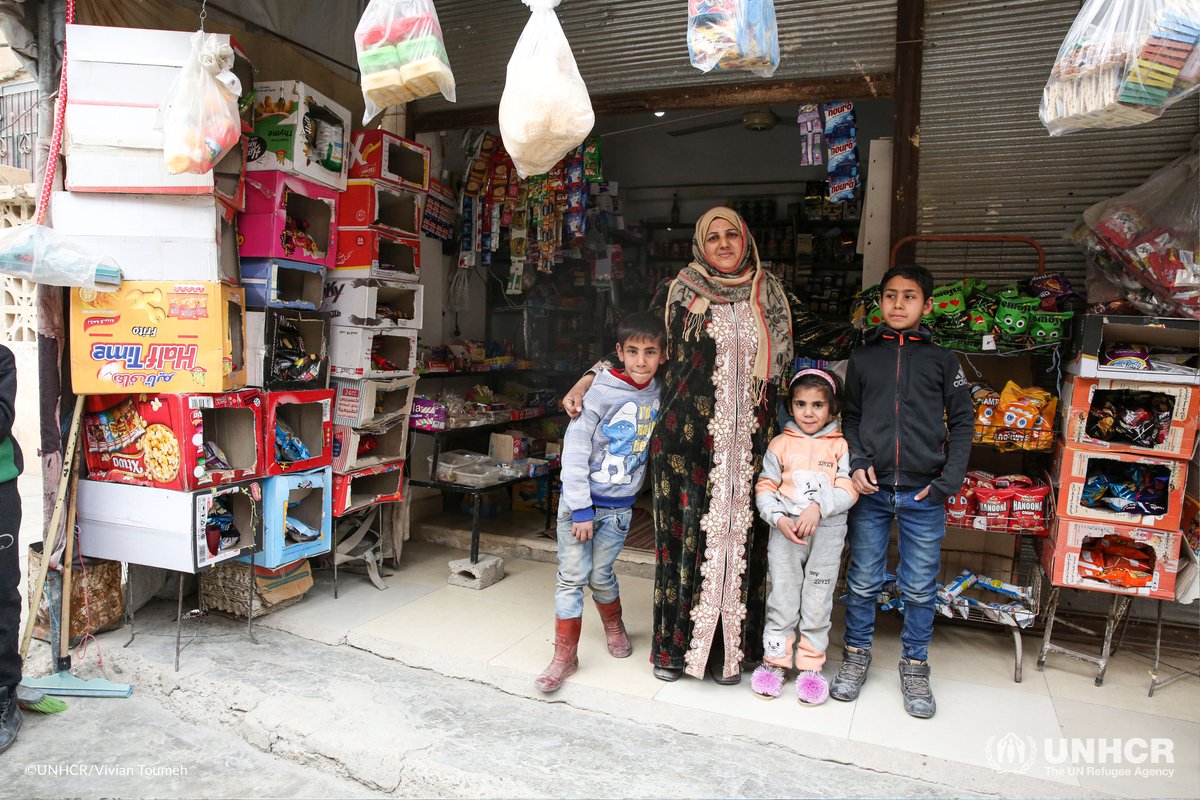
The Center for Disaster Philanthropy has a Global Recovery Fund that provides donors with an efficient, flexible solution to support recovery efforts for people affected by sudden and slow-onset disasters or protracted humanitarian emergencies worldwide.
Contact CDP
Philanthropic contributions
If you would like to make a donation to the CDP Global Recovery Fund, need help with your disaster-giving strategy or want to share how you’re responding to this disaster, please contact development.
(Photo: Shukran returned to her home in Deir ez-Zor a year ago. She received training and support for small projects from UNHCR and is now able to provide for her family’s needs. Source: UN Refugee Agency in Syria via Twitter.)
Recovery updates
If you are a responding NGO, please send updates on how you are working on recovery from this disaster to Tanya Gulliver-Garcia.
We welcome the republication of our content. Please credit the Center for Disaster Philanthropy.
More ways to help
As with most disasters and emergencies, cash donations are recommended by disaster experts as they allow for on-the-ground agencies to direct funds to the most significant area of need, support local economic recovery and ensure material donations do not detract from disaster recovery needs.
Donors can help in the following ways:
- Prioritize investments in local organizations. Local humanitarian leaders and organizations play a vital role in providing immediate relief and setting the course for long-term equitable recovery in communities after a disaster or throughout a complex humanitarian crisis. However, these leaders and organizations are mostly under-resourced and underfunded. Grant to locally-led entities as much as possible.
- Provide unrestricted core funding for vetted humanitarian NGO partners that support the HRP. This is an efficient way to ensure the best use of resources in a coordinated manner. Funding the NGOs that have contributed to the HRP ensures that resources are directed to support the plan and use humanitarian partners’ best knowledge.
- Understand that recovery is possible in protracted and complex crisis settings. Even while focusing on immediate needs, remember that there are early and long-term recovery needs, too. We know that people affected by shocks in complex humanitarian contexts can recover, improve their situation and build their resilience to withstand future shocks without waiting until the crisis is over, which may take years. Recovery is possible, and funding will be needed for recovery and resilience efforts alongside humanitarian funding. Recovery will take a long time, and funding will be needed now and throughout.
Resources
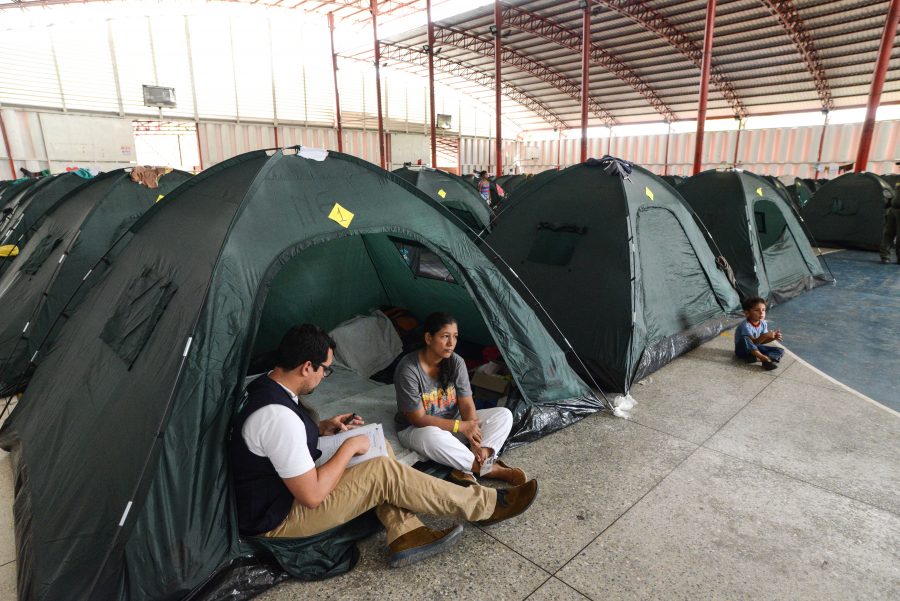
Complex Humanitarian Emergencies
CHEs involve an acute emergency layered over ongoing instability. Multiple scenarios can cause CHEs, like the civil wars in Syria and Yemen, the man-made political crisis in Venezuela, or the conflict in Ukraine.
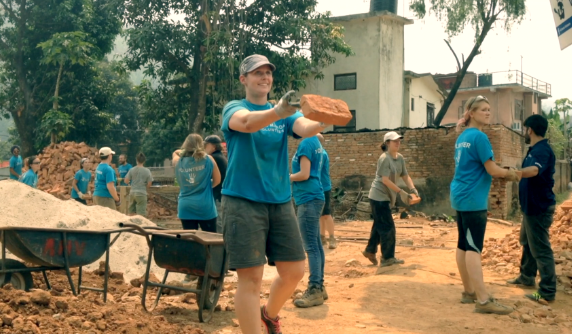
Resilience
The Latin root of “resilience” means to bounce back, but every field has its own definition and most individuals within each discipline will define it differently. Learn more.
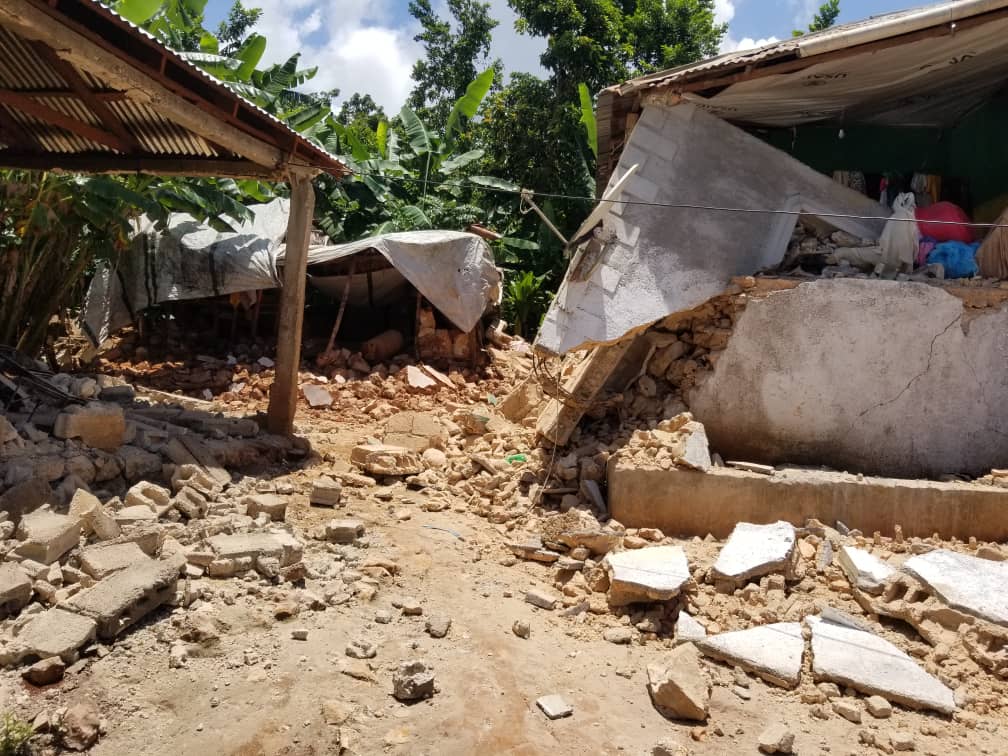
Earthquakes
Striking without warning, earthquakes often are among the most devastating disasters. Caused by the movement of plates along fault lines on the earth’s surface, earthquakes often leave a monumental path of instant death and destruction.